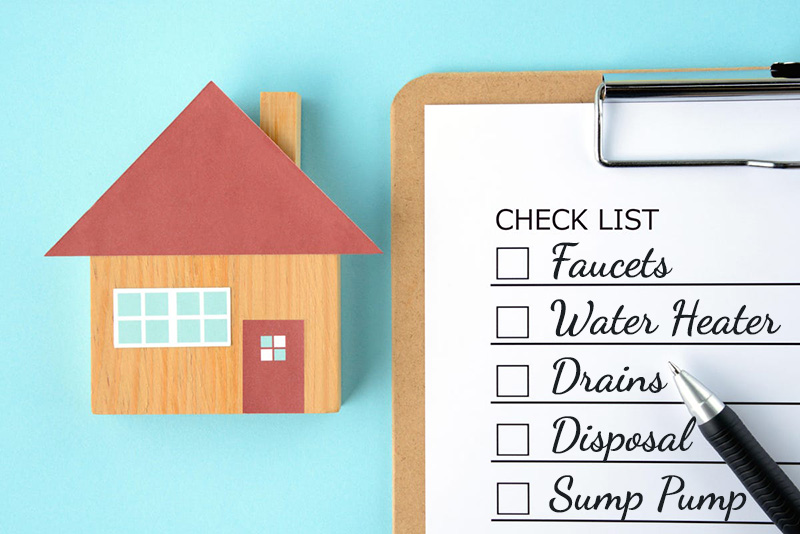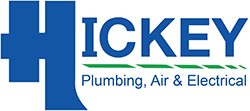[vc_row][vc_column][vc_column_text]
Plumbing Checklist For Spring

Spring is a good time to inspect your home’s plumbing to identify any problems that could lead to water damage, wasted energy, and unsafe conditions in your home. We have put together a list of plumbing systems to check inside and outside your home.[/vc_column_text][/vc_column][/vc_row][vc_row][vc_column][vc_text_separator title=”Kitchen” i_icon_fontawesome=”fas fa-tint” title_align=”separator_align_left” color=”sky” add_icon=”true”][vc_column_text]
- Check the faucet for drips
- Check under the sink for signs of water leaks, including water stains or mold
- Inspect the operation of the disposal. Does it sound louder than it should?
- Do the kitchen drains empty quickly, or do they need cleaning?
- Check behind the refrigerator for water that could indicate the ice maker is leaking
[/vc_column_text][vc_text_separator title=”Bathrooms” i_icon_fontawesome=”fas fa-tint” title_align=”separator_align_left” color=”sky” add_icon=”true”][vc_column_text]
- Check for drips and leaks around toilets
- Check for cracks in the toilet tank and bowl
- To see if the toilet is leaking, add several drops of food coloring to the tank. Check the toilet bowl 30 minutes later. If the water has become colored, there is a leak.
- Does the toilet run for longer than it should or does the handle need to be held down to empty completely?
- Check drains by filling sinks, tubs and showers with water. Do they drain quickly?
- Check faucets and shower heads for mineral build-up. Fixtures can be soaked in vinegar overnight to removed mineral deposits.
- If plumbing fixtures are not used for long periods of time, exercise faucets and valves under sinks and toilets to prevent sticking.
[/vc_column_text][vc_text_separator title=”Water Heater” i_icon_fontawesome=”fas fa-tint” title_align=”separator_align_left” color=”sky” add_icon=”true”][vc_column_text]
- Check the water heater thermostat. It should be set no higher than 120 degrees Fahrenheit to prevent scalding.
- Flush the water heater tank to remove sediment at the bottom of the tank that can reduce efficiency and lead to corrosion. Check your water heater manual for the proper procedure for draining and maintaining the unit.
- If the water heater is over 12 years old, consider replacing it with a newer, more efficient model.
- Ensure there are no flammable liquids stored near the water heater.
[/vc_column_text][vc_text_separator title=”Miscellaneous” i_icon_fontawesome=”fas fa-tint” title_align=”separator_align_left” color=”sky” add_icon=”true”][vc_column_text]
- Is the water pressure consistent throughout the house?
- Check washing machine hoses for bulges, cracks or other signs of wear. We recommend using braided stainless steel hoses.
- Pour a bucket of water into floor drains to refill the trap and prevent sewer odors.
- Check for signs of water leaks around ceilings, walls and under sinks
- Ensure that plumbing vents outside the home are free of obstructions such as bird nests and debris.
- Check that the sump pump is working properly by pouring a bucket of water in the pump pit. The pump should turn on and drain the water away.
- Check outside faucets for leaks
If your plumbing inspection turns up any problems, Hickey Plumbing, Air & Electrical can help with all your plumbing repair and installation needs.[/vc_column_text][/vc_column][/vc_row]
